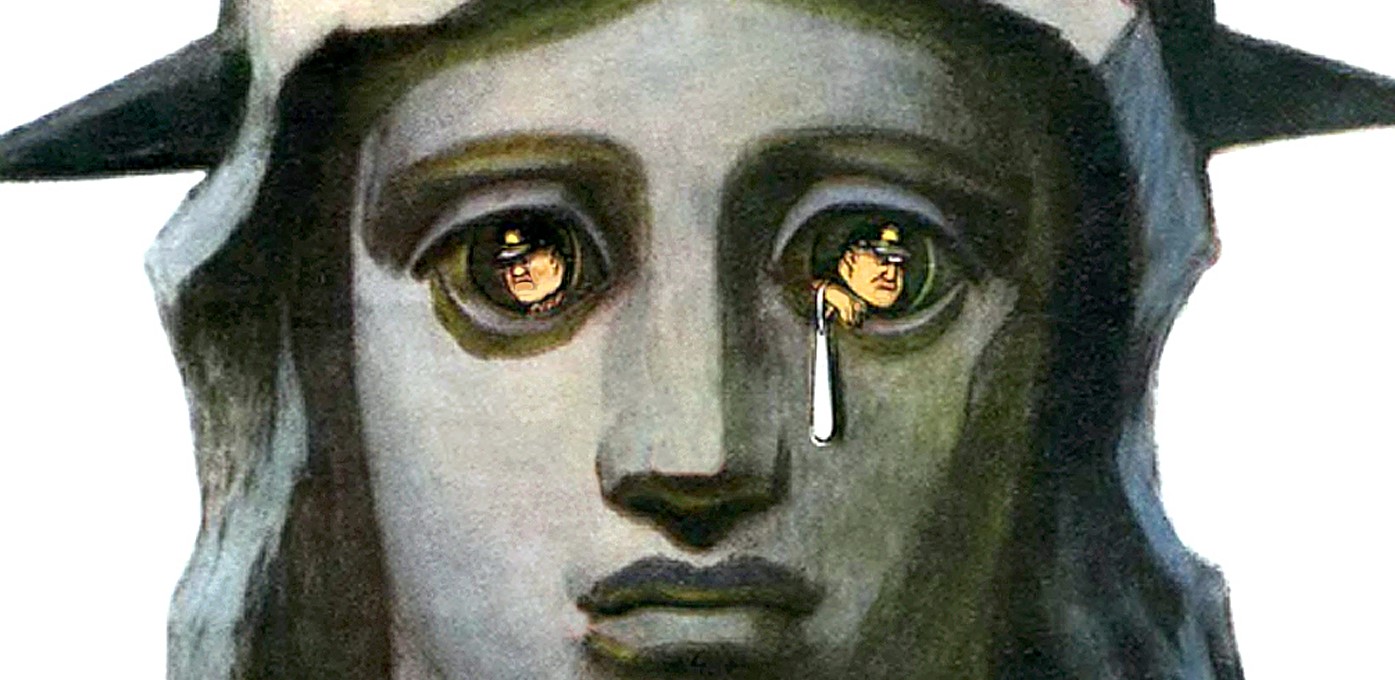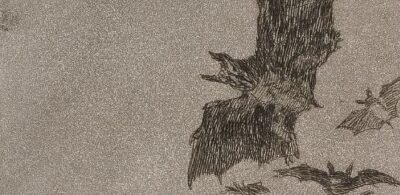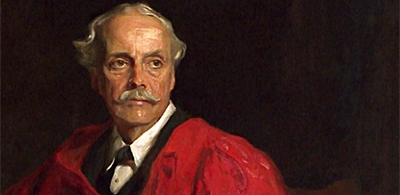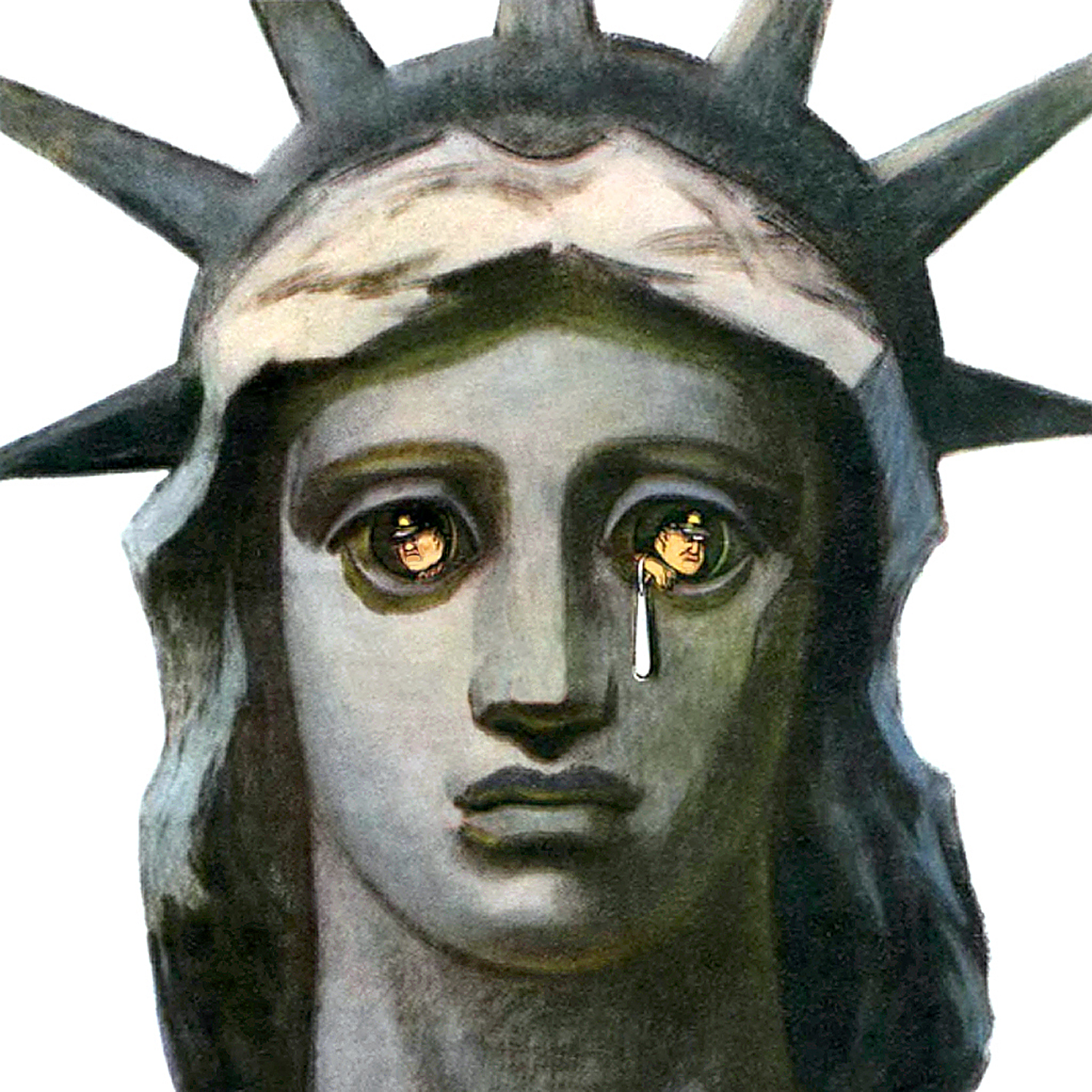
Similar Posts
Eric Fischl and the “Death of Painting.”
[Bedroom Scene #4. Eric Fischl 2004. Oil on Linen. ] There seems to be an upsurge of interest in painting these days, but let’s be clear – what type of painting and to what end? Artist Eric Fischl gave a lecture at the University of Pennsylvania on April 11th, titled, The Death of Painting from van Gogh to Chris Burden….
The Official Portrait of President George W. Bush
On Dec 19, 2008, the official portraits of U.S. President George W. Bush and First Lady Laura Bush were unveiled at a ceremony that took place at the National Portrait Gallery in Washington, D.C., where the paintings become part of the museum’s permanent collection. Artist Robert Anderson had the dubious honor of creating the likeness of the president, and artist…
Bush & the 2007 Venice Biennale
It’s more than a little interesting that the most reactionary administration in America’s history would nominate an openly Gay conceptual artist to be a symbol for the “excellence, vitality, and diversity of the arts in the United States.” The Bush State Department has chosen Felix Gonzalez-Torres to represent the U.S. at the 2007 Venice Biennale, and what a wise pick…

Goya and the Sleep of Reason
In the late 1700s the Spanish artist Francisco de Goya y Lucientes (1746-1828) created a series of eighty etchings he titled Los Caprichos (The Caprices). An irrational thought or action can be a “caprice,” and Spanish society at the time provided Goya with myriad examples of ferocious caprices. For instance, Goya created paintings and prints that wryly scrutinized the Spanish…
 General | Museums | War on art
General | Museums | War on artPro-Palestine Vandal Destroys Painting of Lord Balfour
On March 8, 2024, a woman from the UK group “Palestine Action” completely destroyed a painting created 110 years ago by the famed Anglo-Hungarian painter Philip Alexius de László (1869-1937). The group defines itself as a “direct action network dismantling British complicity with Israeli apartheid.” The vandal attacked László’s 1914 oil painting Arthur James Balfour, housed at the Trinity College…
Art Show in LA closed by Police
This past April I received an invite to attend an art opening at the Transport Gallery in downtown Los Angeles. The show, titled Mark of the Beast, was scheduled for one night only on April 23rd, 2005, at the small gallery space located in the Factory Place art colony. Graphic artist Brandy Flower curated the show, which consisted of recognizable…


